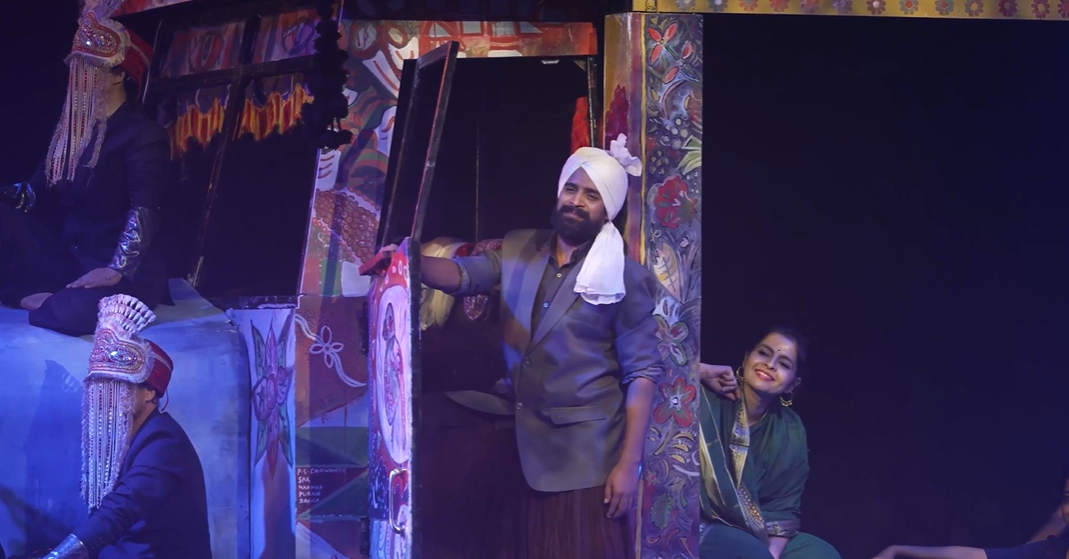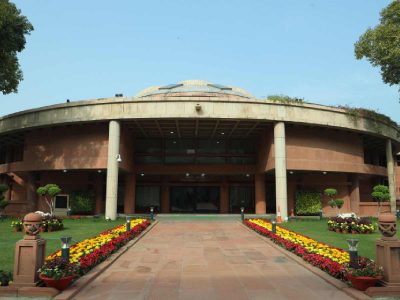The highly-acclaimed play Hayavadana was the highlight of the sixth edition of Aadyam Theatre which returned to the Capital after a three-year hiatus.
The play, an adaptation of modern Indian theatre classic from the 1970s by Girish Karnad, captivated the audiences in Delhi with its gripping storyline and masterful direction despite a run-time of 1 hour 50 minutes without a break.
“Set in a mythic time, undefined, and dealing with characters that talk about desire and duality without subterfuge or euphemism was indeed a revelation. Real characters, magic and fantasy segue seamlessly, without contradiction,” said the play’s director Neelam Man Singh Chowdhry, who as a student at the National School of Drama in the mid-1970s, watched a ‘stunning production’ of the play directed by Satyadev Dubey starring Amrish Puri, Amol Palekar and Dina Pathak – which has stayed with her till date.
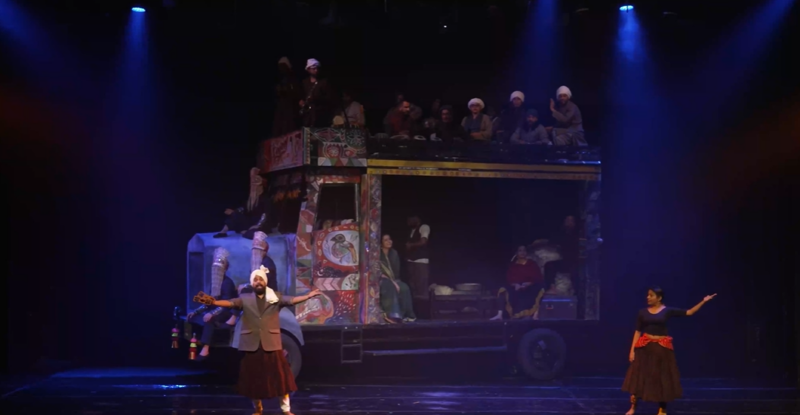
Kamani Auditorium, where the play was staged, was filled almost to capacity with a diverse range of people from young students to middle-aged professionals and older folk. Many of the dialogues, as well as live music and dance performances elicited, loud applause in the form of laughter and claps from the crowd.
The play, produced by Bengaluru-based Bhoomija Trust, lends itself to endless dramatic possibilities.
It has been a favourite with most drama companies across the country and has questions of duality, identity and desire which have always concerned man. Hayavadana, meaning horse head, based on Kathasaritsagara and Thomas Mann’s retelling of Transposed Heads, may have references in ancient text, but is contemporary and speaks to the here and now in its retelling.
A much-revered music director, BV Karanth had first directed the play in Kannada, and Chowdhry worked with his translation and original music. Chowdhry was fortunate to have Amod Bhatt, the repository of BV Karanth’s music, share the compositions with the musicians and singers.
Certain musical compositions were recast in accordance with the tone and texture of the mise-en-scène.
Needless to say, it was an immense creative challenge to process and adapt the text of the play. While the text suggests the use of traditional Indian theatre techniques, such as masks and rangpatti, Chowdhry has not used them in her version of the play.
She does, however, use a sutradhar who holds the play together and even interacts with the audiences in between scenes.
“The playwright does suggest certain devices but sometimes they don’t work in the overall design of one’s production,” she explained.
Chowdhry, who has frequently performed on the Delhi stage, believes that the city has a very sophisticated theatre audience with a keen critical eye.
“Students, who form the bulk of the audience, are always full of energy, questions and enthusiasm,” she says.
Aadyam’s artistic director Shernaz Patel too has been performing in the Capital since she was a young girl, and believes that the theatre audience in Delhi though smaller than Mumbai, is very discerning.
“They are exposed to a lot of quality work from the city itself as well as from all corners of India and the world,” she said while mentioning many of the Capital’s several festivals, such as the India Habitat Centre’s Habitat Film Festival and Mahindra Excellence in Theatre Awards (META) as well as the work that happens in the college circuit and NSD.
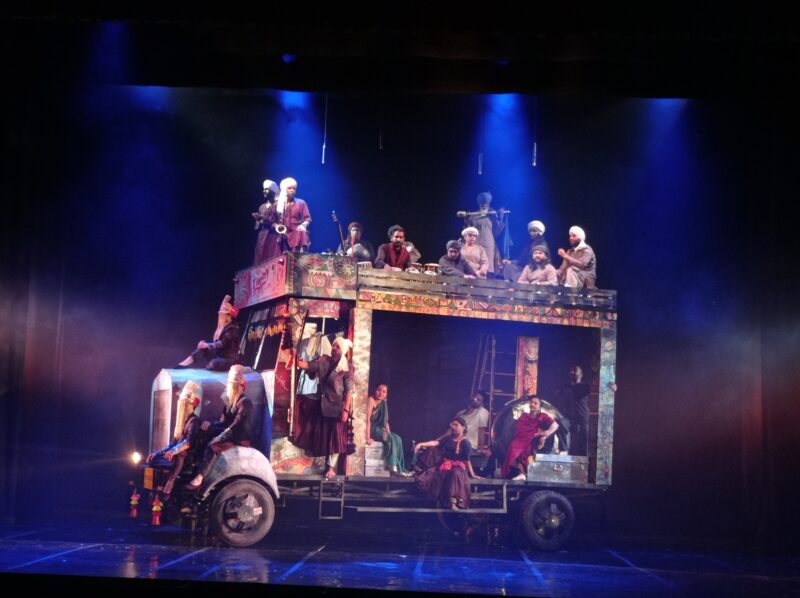 “So many younger groups doing such interesting work to make it a culturally vibrant city,” said Patel.
“So many younger groups doing such interesting work to make it a culturally vibrant city,” said Patel.
Garima Ralli, a 32-year-old, who has read the original play, said, “I really liked how the director improvised the entire play, including its ending. Since they did not stick to the original dialogues, a whole range of contemporary audiences would have been able to connect and relate with the play.”
Though Debabrata Mukherjee, a 54-year-old corporate professional, felt that the play’s music as well as the energy of its actors was superb, he struggled a little with some of the improvisation in the play.
“I think the significance of having two heroines was that while one was the real lady, the other was her consciousness. I couldn’t understand how they were related,” he said.
The sixth edition of Aadyam Theatre, an initiative by Aditya Birla Group, is planning to showcase a wide range of shows this year in both English and Hindi – from exciting dramas to hilarious comedies, from shows built on big-scale to the small ones.
The season is spread out from April until the end of September. As always, there is a wide range of genres and productions for this season by some of the best companies and directors in the community. Hayavadana will be followed Atul Kumar’s hilarious Baaghi Albele.
The susequent productions will be helmed by Anahita Uberoi, Akarsh Khurana and Sukant Goel. Apart from Kamani, the plays will also be performed at the Capital’s Little Theatre Group.
This year, Aadyam is also looking at a lot more engagement with audiences through various means. There is a brand-new podcast and bespoke workshops, and a blog with some wonderful articles and offerings.
Aadyam’s artistic director Nadir Khan says that they will continue to support and encourage Indian theatre to excel and dream out loud, and will keep up the efforts to widen audiences and introduce more people to the wonderful world of theatre.
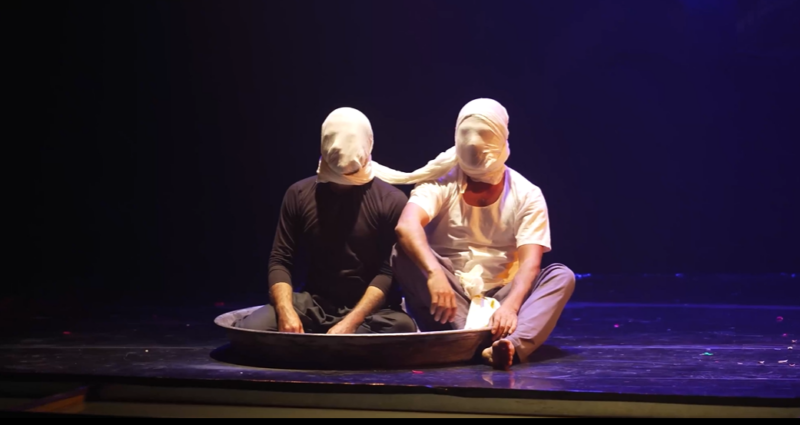
Patel informs further that like with all live performing arts, when the scene of live performance was halted during the pandemic it affected the livelihood of thousands of theatre practitioners around the country – from actors and directors right down to make-up men and ushers. Khan adds that it was comforting that both audiences and practitioners alike did not lose faith in the art form.
“There was a lot of innovation and experimentation during those two years, some more successful than others, but it kept things active and also gave the community a chance to reset and get some perspective,” he said.
Many in the theatre community also did come forward to raise funds and help those in need, while others found other ways of expressing their creativity online.

